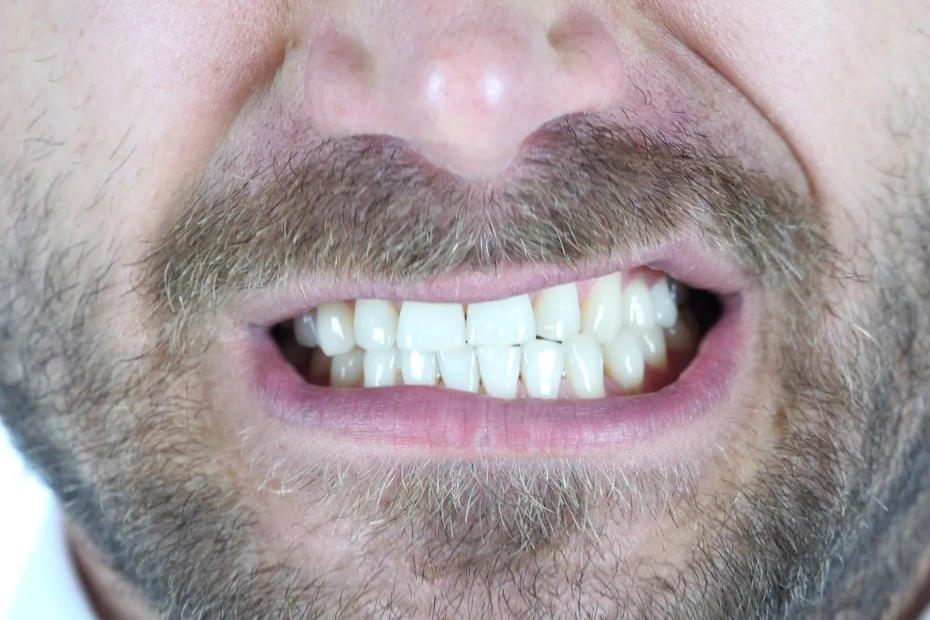We frequently associate dental issues with gum recession and tooth damage; however, another cause is not spoken about enough: teeth grinding, also known as bruxism. Many people grind or clench their teeth, either consciously or unconsciously, most often as they sleep or due to stress. This blog will explain the consequences of teeth grinding, which can be severe and have a long-lasting impact, as well as treatments.
Jaw Disorders
Bruxism affects the joint and muscle structure of the jaw, leading to discomfort and pain, and can cause temporomandibular disorders (TMD). TMD results in intense facial, neck, and shoulder discomfort, making chewing, talking, or even opening the mouth painful.
Tooth Damage
The repetitive grinding motion removes the tooth’s surface and enamel, increasing tooth sensitivity. It also raises the possibility of cavities, damaging fillings, crowns, or bridges, causing teeth to become loose, and even chipping or cracking teeth.
Gum Recession
The excessive force from teeth grinding can displace and loosen teeth, creating pockets where bacteria can enter and cause gums to recede. Gum recession increases the risk of gum disease and sensitivity, in addition to aesthetic concerns.
Headaches
Bruxism can trigger headaches and facial pain as the muscles that control jaw movements are interconnected with those in the head or neck due to stress and pressure from grinding.
Treatments
As surgery isn’t a common solution for bruxism, there are many effective solutions to treat and manage teeth grinding. Many of these ways are affordable, attainable and successful when visiting your dentist.
Some treatments include:
- Medication
- Night Guard
- Behaviour Changes
Moreover, despite occasional teeth grinding being harmless, the continuous act can generate severe dental and jaw issues. If you’re experiencing bruxism problems, contact us today for an evaluation and guidance on preventative measures and treatment.
Have you enjoyed the blog and want to find similar content? Check out our previous blog on teaching your kids good dental hygiene!


